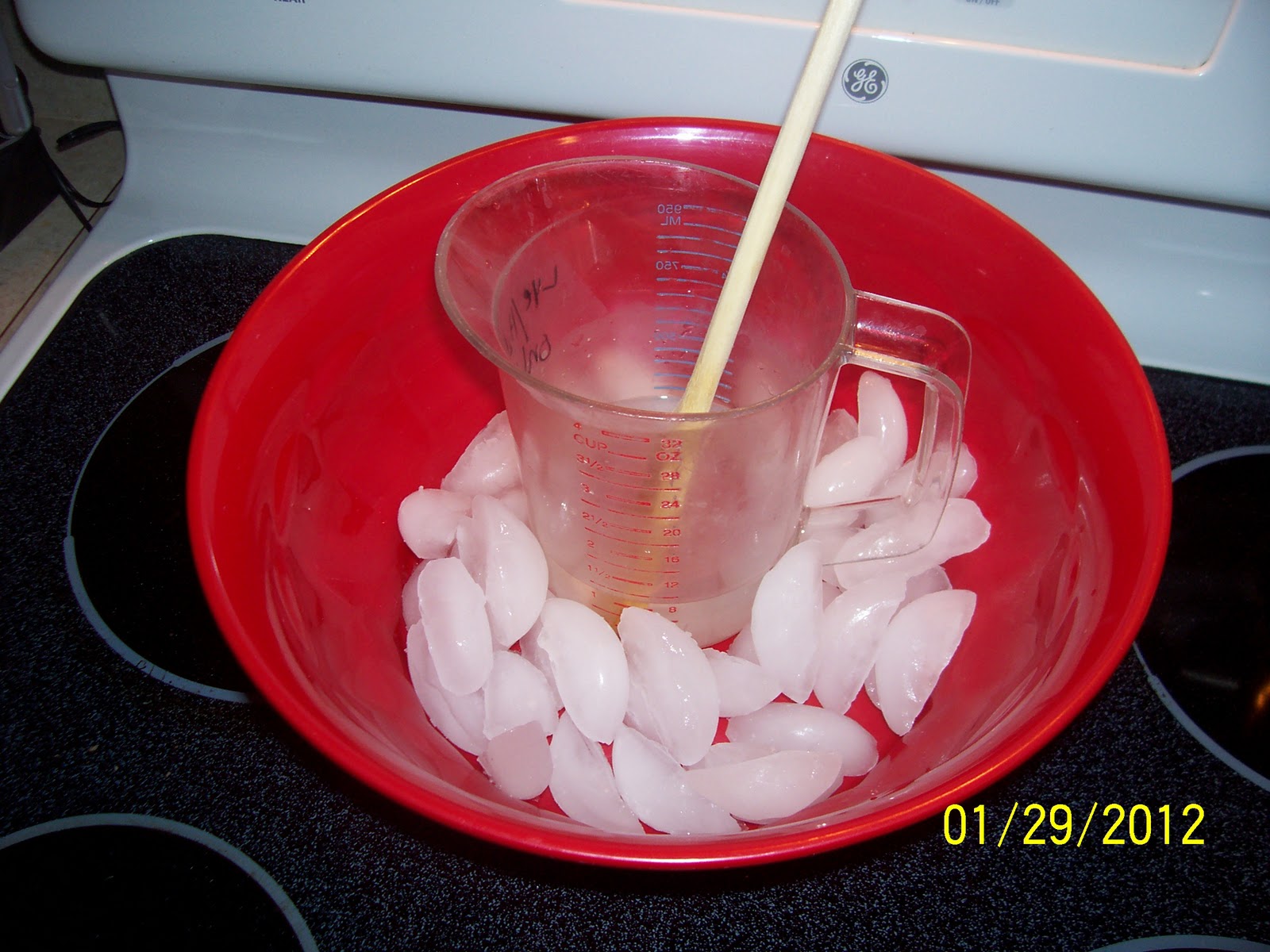lsurrett2
Member
I'm planning to make a HP soap that is primarily coconut oil, with some olive oil and coconut milk. I read an interesting blog about increasing superfat with coconut oil to result in less of a drying effect, but I'm curious to know--will using coconut milk have the same result as well?
I've attached the recipe I had in mind. Any thoughts would be appreciated!

I've attached the recipe I had in mind. Any thoughts would be appreciated!







